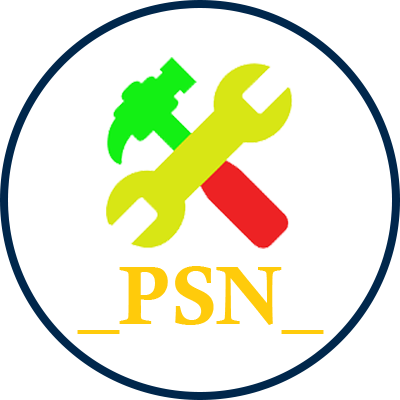This work introduces a fast, versatile and reliable guided wave simulation tool, University of Michigan/Local Interaction Simulation Approach (UM/LISA), for modeling both linear and nonlinear guided wave interactions with boundaries, piezoelectric transducers and different damage types. This tool provides a much more efficient alternative to Finite Element (FE) software, and serves as a design tool for damage detection system design and elastic waves related structural design. The underlying algorithm of UM/LISA is introduced first.
Structural health monitoring (SHM) of aerospace structures can ensure aircraft safety and keep maintenance costs down. The purpose of this work is to develop an effective damage characterization framework for identifying various features of damage inside aerospace structures, based on a large data library of damage scenarios generated by the nonlinear guided wave simulation tool UM/LISA. UM/LISA builds the large database of simulation cases with virtually all possible damage scenarios, and then matching pursuit method is adopted to correlate test signals with the database to obtain the information about the damage.
Structural health monitoring of aerospace structures can ensure aircraft safety and keep maintenance costs down. The purpose of this work is to develop an effective damage characterization framework for identifying various features of damage inside aerospace structures, based on a large data library of damage scenarios generated by the nonlinear guided wave simulation tool UM/LISA. UM/LISA builds the large database of simulation cases with virtually all possible damage scenarios, and then matching pursuit method is adopted to correlate test signals with the database to obtain the information about the damage.
Guided Wave is one of the most promising tools for damage detection in the field of Structural Health Monitoring (SHM), because it can travel long distance without much decay, and is highly sensitive to micro-damage due to its short wavelength. But guided wave is highly dispersive and has infinite number of modes, and is further complicated by the interactions with transducers, boundaries and damage, which renders the modeling of guided wave a rather difficult task.
